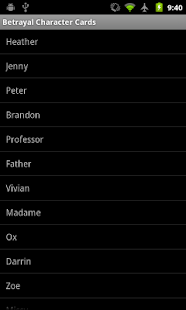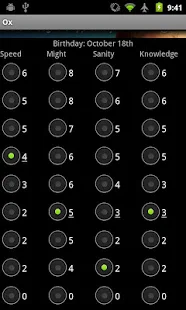Multi-platform - The real advantage of Unity
There have been quite a few mechanical additions since my last update, but the most significant thing in my latest video is it is the first on a non-Windows platform.
Unity has a large list of platforms it supports and a lot will work on all of them with no effort. For example, Gravitas currently builds and runs on Windows (Win32 and Windows 8.1 Store), Mac, Android and WebGL. With the exception of adding some settings (the Android package name for instance) I didn’t have to do anything platform specific for any of it. Although there are very few hard limitations on what can be done on the different platforms, the wildly different performance characteristics mean you do have to think about different problems.
A more straightforward problem I recently solved (after the Day 20 - Android video was made) was to decide how to deal with different mobile device orientations. My general philosophy is to try and support everything, so although landscape feels most natural for Gravitas, there isn’t really a reason not to support portrait. In fact, since the camera will adjust its zoom level to keep all the world on screen, it already supported portrait, albeit rather awkwardly. The dynamically generated levels are designed to have approximately a 16:9 aspect ratio. This means in portrait you get massive empty space above and below the planets, while making everything smaller than necessary. The solution? If the aspect ratio is less than 1, rotate the camera 90 degrees. This not only means portrait is supported, but in fact a far more general case of portrait-like aspect ratios is supported (and even better, has no mobile specific code at all).


